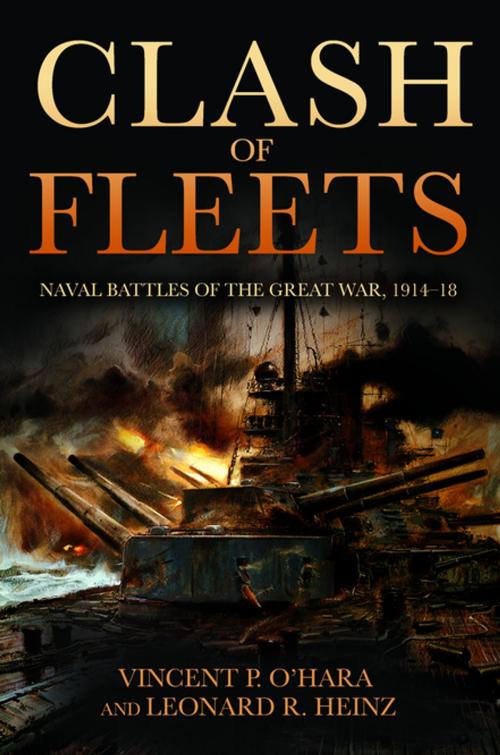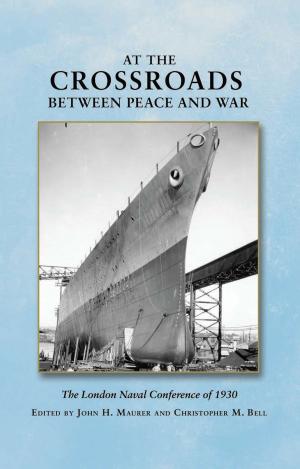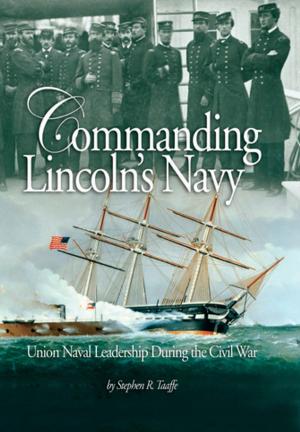| Author: | O'Hara | ISBN: | 9781682470190 |
| Publisher: | Naval Institute Press | Publication: | April 15, 2017 |
| Imprint: | Naval Institute Press | Language: | English |
| Author: | O'Hara |
| ISBN: | 9781682470190 |
| Publisher: | Naval Institute Press |
| Publication: | April 15, 2017 |
| Imprint: | Naval Institute Press |
| Language: | English |
Struggle at Sea is concerned with the questions of why battles occurred; how the different navies fought, and how combat advanced doctrine and affected the development and application of technology. Certain key or interesting battles are described in greater detail to give better insight into the period’s naval warfare. Moreover, every battle is placed in context. The result is a holistic overview of the war at sea as it affected all nations and all theaters of war. A work with this content and format has never been produced.
In addition to providing detailed descriptions of actions and setting them in their historical contexts, the book develops several themes. It shows that World War One was a war of navies as much as a war of armies. The Entente Powers would have lost the war had they lost control of the sea, while the Central Powers faced slow strangulation due to the Entente naval blockade. It shows that surface combat and the ability to impose surface combat power had a major impact on all aspects of the naval war and on the course of the war in general. This work also shows that systems developed in peace do not always work as expected; that some are not used as anticipated; and that others became unexpectedly important. There is much for today’s naval professional to consider in the naval conflict that occurred one hundred years ago.
Struggle at Sea is concerned with the questions of why battles occurred; how the different navies fought, and how combat advanced doctrine and affected the development and application of technology. Certain key or interesting battles are described in greater detail to give better insight into the period’s naval warfare. Moreover, every battle is placed in context. The result is a holistic overview of the war at sea as it affected all nations and all theaters of war. A work with this content and format has never been produced.
In addition to providing detailed descriptions of actions and setting them in their historical contexts, the book develops several themes. It shows that World War One was a war of navies as much as a war of armies. The Entente Powers would have lost the war had they lost control of the sea, while the Central Powers faced slow strangulation due to the Entente naval blockade. It shows that surface combat and the ability to impose surface combat power had a major impact on all aspects of the naval war and on the course of the war in general. This work also shows that systems developed in peace do not always work as expected; that some are not used as anticipated; and that others became unexpectedly important. There is much for today’s naval professional to consider in the naval conflict that occurred one hundred years ago.















